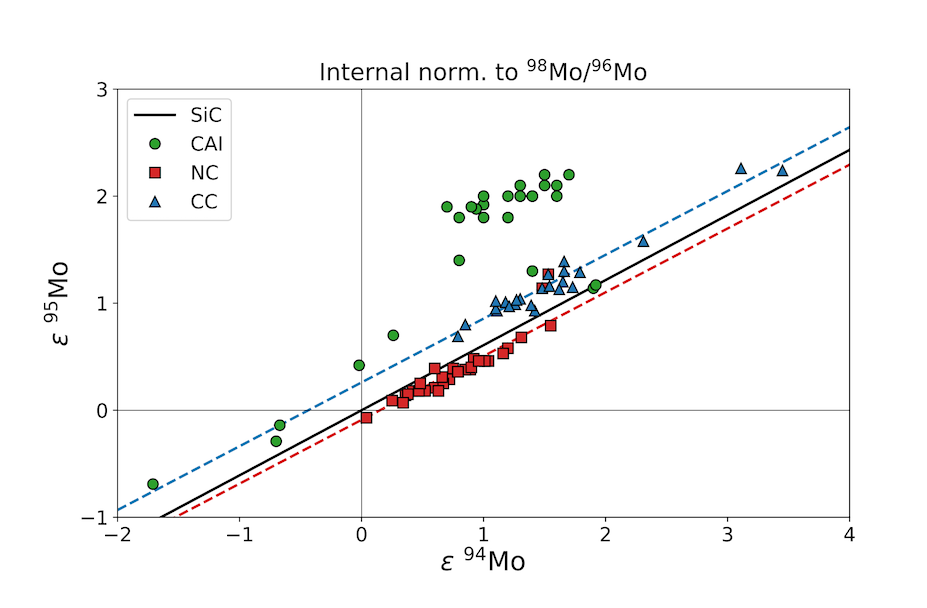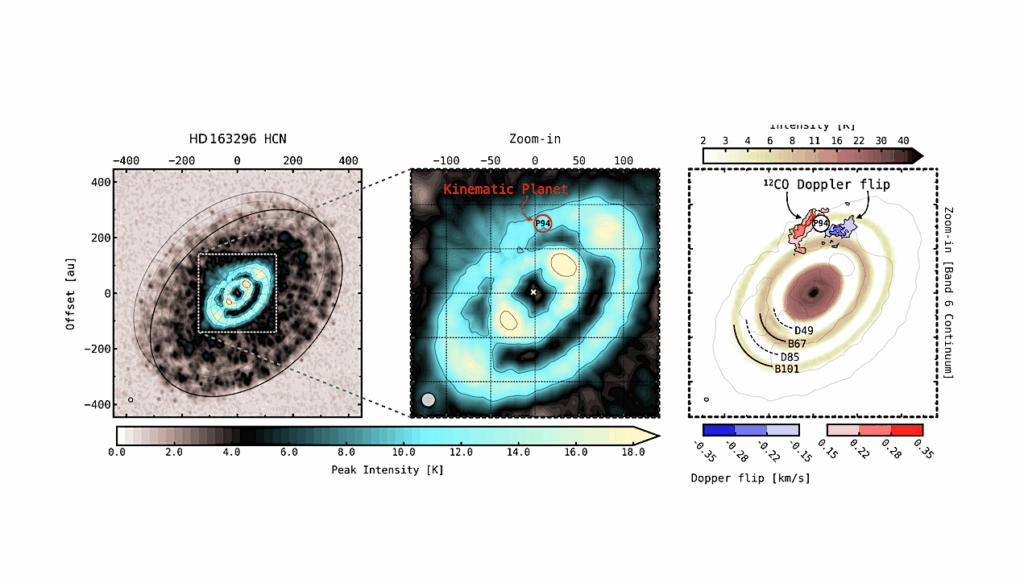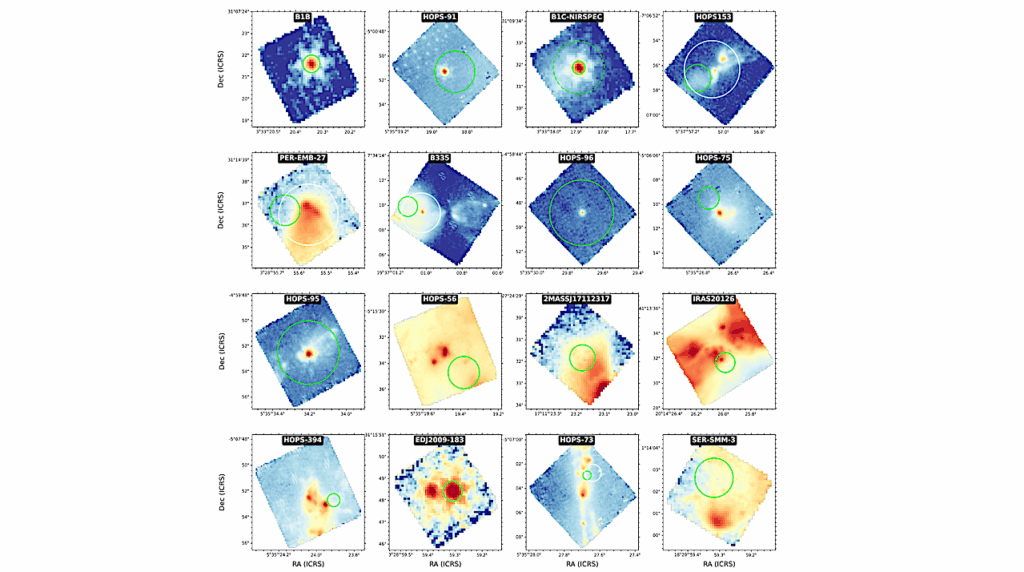Representation Of S-process Abundances For Comparison To Data From Bulk Meteorites

Analysis of bulk meteorite compositions has revealed small isotopic variations due to the presence of material (e.g., stardust) that preserved the signature of nuclear reactions occurring in specific stellar sites. The interpretation of such anomalies provides evidence for the environment of the birth of the Sun, its accretion process, the evolution of the solar proto-planetary disk, and the formation of the planets.
A crucial element of such interpretation is the comparison of the observed anomalies to predictions from models of stellar nucleosynthesis. To date, however, this comparison has been limited to a handful of model predictions. This is mostly because the calculated stellar abundances need to be transformed into a specific representation, which nuclear astrophysicists and stellar nucleosynthesis researchers are not familiar with. Here, we show in detail that this representation is needed to account for mass fractionation effects in meteorite data that can be generated both in nature and during instrumental analysis.
We explain the required internal normalisation to a selected isotopic ratio, describe the motivations behind such representation more widely, and provide the tools to perform the calculations. Then, we present some examples considering two elements produced by the slow neutron-capture (s) process: Sr and Mo. We show which specific representations for the Sr isotopic composition calculated by s-process models better disentangle the nucleosynthetic signatures from stars of different metallicity. For Mo, the comparison between data and models is improved due to a recent re-analysis of the 95Mo neutron-capture cross section.
Maria Lugaro, Mattias Ek, Mária Pető, Marco Pignatari, Georgy V. Makhatadze, Isaac J. Onyett, Maria Schönbächler
Comments: Accepted for publication in the EPJA Special Issue on: ‘From reactors to stars’ in honor of Franz Käppeler
Subjects: Solar and Stellar Astrophysics (astro-ph.SR); Earth and Planetary Astrophysics (astro-ph.EP); Geophysics (physics.geo-ph)
Cite as: arXiv:2303.01100 [astro-ph.SR] (or arXiv:2303.01100v1 [astro-ph.SR] for this version)
https://doi.org/10.48550/arXiv.2303.01100
Focus to learn more
Submission history
From: Maria Lugaro
[v1] Thu, 2 Mar 2023 09:32:38 UTC (102 KB)
https://arxiv.org/abs/2303.01100
Astrobiology, Astrochemistry








